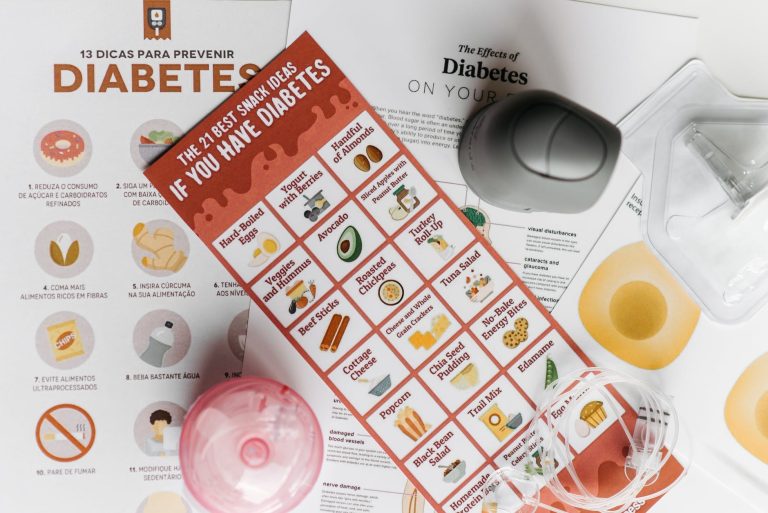QELL is a SPAC that is merging with a German electric vertical take-off and landing company called Lilium. Long-term investors include Baillie Gifford (one of the largest shareholders of Tesla), Blackrock, Tencent and Palantir. Lilium also plans to expand to Brazil with a $1 bn purchase order from Azul Airlines. QELL’s management includes Barry Engle, who was the President of GM North America.
Redemptions are high enough to cause a short squeeze. On Friday, QELL reported a 65% redemption of SPAC shares, resulting in a float of 13.7 million shares. The last exchange-reported short interest was 3.6 million shares, resulting in 27% shares held short.
Joby Aviation, another eVTOL company which came public via SPAC, had redemptions that implied a lower short interest % of free float than QELL, resulting in a 21% short interest ratio. Joby shares rose from $10.02 to as high as $14.25 the day after the merger closed, despite a float of ~2x that of QELL.
QELL short interest rose into the last exchange-reported short interest to 5.6m shares.
The assumed current high short interest in QELL can be supported by both high borrow costs and low availability of shares across brokers. For example, as of Friday, there were only 19,700 shares available to short on Interactive Brokers. Cost-to-borrow fees were 14% and rates appear to be exploding.
Some might reference Ortex short interest data, which shows that QELL’s shares short are estimated to have declined into Friday’s business combination vote. However, it is very clear from backtesting that Ortex data cannot be trusted with SPACs (data-supported DD coming later this week) and shows mean absolute error of 2.5-3.2 percent of the float. Most problematic is that Ortex systematically underestimates the amount of shares held short during the SPAC redemption period when validated against exchange-reported numbers. For example, see RTP, GRSV, SCPE, SRAC, GRNV, CFAC, SAII, RMGB, etc.
Options flow data indicates that traders are paying attention and market makers will need to be on their toes. On Friday, there were 31,559 calls vs. 10,724 puts in terms of open interest. Similarly, there were 7,226 calls bought vs. 1,146 puts. Most of the purchases were in the $10 and $12.50 strikes. Below is a Bloomberg chart that shows moneyness (with the stock currently at $10, the 100 is $10 strike, 125 is $12.50 strike and so on) vs. open interest. The size of the bubble represents volume. One can observe that the significant call volume buying has been in the $12.50 and $15 strikes for this week and October. This leads me to believe that any further call volume could require meaningful delta hedging from market makers.
This article was written by u/Torb231.




